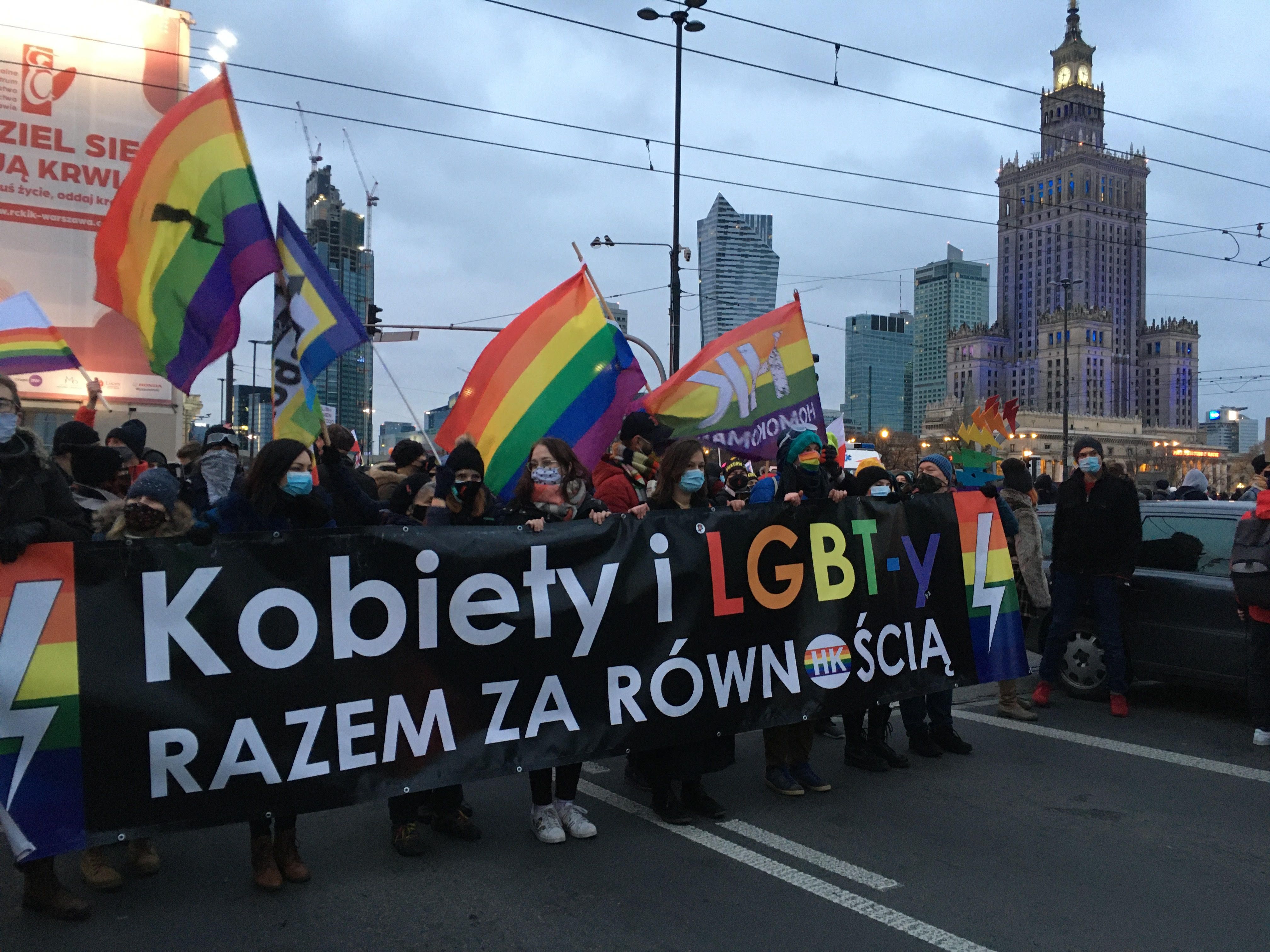Judith Butler, Notes Toward a Performative Theory of Assembly (Harvard University Press, 2015), 85.
The nature and historical development of the compromise was described by Agnieszka Graff in her book Świat bez kobiet: Płeć w polskim zyciu publicznym (A world without women: Gender in Polish public life) (Wydawnictwo Marginesy, 2021).
This structural censorship is examined by Jakub Dąbrowski in his book Cenzura w sztuce polskiej po 1989 (Censorship in Polish art after 1989) (City Culture Foundation, 2014). Censorship in Polish theater is explored in Teatr i Kościół (Theatre and the Church), ed. Agata Adamiecka-Sitek, Marcin Kościelaniak, and Grzegorz Niziołek (Zbigniew Raszewski Theatre Institute, 2018).
W. J. T. Mitchell, What Do Pictures Want?: The Lives and Loves of Images (University of Chicago Press, 2005), 162.
Sara Ahmed, The Cultural Politics of Emotions (Edinburgh University Press, 2004), 86.
Jane Gallop, The Father’s Seduction: Feminism and Psychoanalysis (Cornell University Press); Feminisms: An Anthology of Literary Theory and Criticism, ed. Robyn R. Warhol and Diane Price Herndl (Rutgers University Press, 1997).
I analyze these aspects of the play in more detail in my essay “The Curse, Theater against Church Hegemony,” Switch (on Paper), August 20, 2020 →.
Notably, in its original Polish the slogan “Nigdy nie będziesz szła sama” is in the feminine gender, and activist Margot describes herself as nonbinary.
Giorgio Agamben, Profanations, trans. by Jeff Fort (Zone Books, 2007).
Dariusz Kosiński, “Prześmiewczość, performatywność, profanacja,” in Język rewolucji, ed. Piotr Kosiewski and Fundacja Batorego (forumIdei, 2021).
On the 2016 protests, see Elżbieta Korolczuk, “Explaining Mass Protests against Abortion Ban in Poland: The Power of Connective Action,” Zoon Politikon, no.7 (2016); Kasia Narkowicz, “Czarny Protest: How Polish Women Took to the Streets,” Open Democracy, October 11, 2016 →; and Agnieszka Graff, “Angry Women: Poland’s Black Protests as ‘Populist Feminism,’” in Right-Wing Populism and Gender, ed. Gabriele Dietze and Julia Roth (Transcript Verlag, 2020).
Sieracka analyzed the language of both protests in her conference presentation “Strajki Kobiet w Polsce AD 2016 o AD 2020: zmiana czy kontynuacja” (Women’s Strikes in Poland AD 2016 and AD 2020: Change or Continuation), “Poetyka protestów” (Poetics of Protest) conference, March 2021 →.
Sieracka, “Women’s Strikes in Poland.”
See →.
The Care Collective (Andreas Chatzidakis, Jamie Hakim, Jo Littler, Catherine Rottenberg, and Lynne Segal), The Care Manifesto: The Politics of Interdependence (Verso, 2020), 72.
See →.
Translated from the Polish by Aleksandra Paszkowska.
